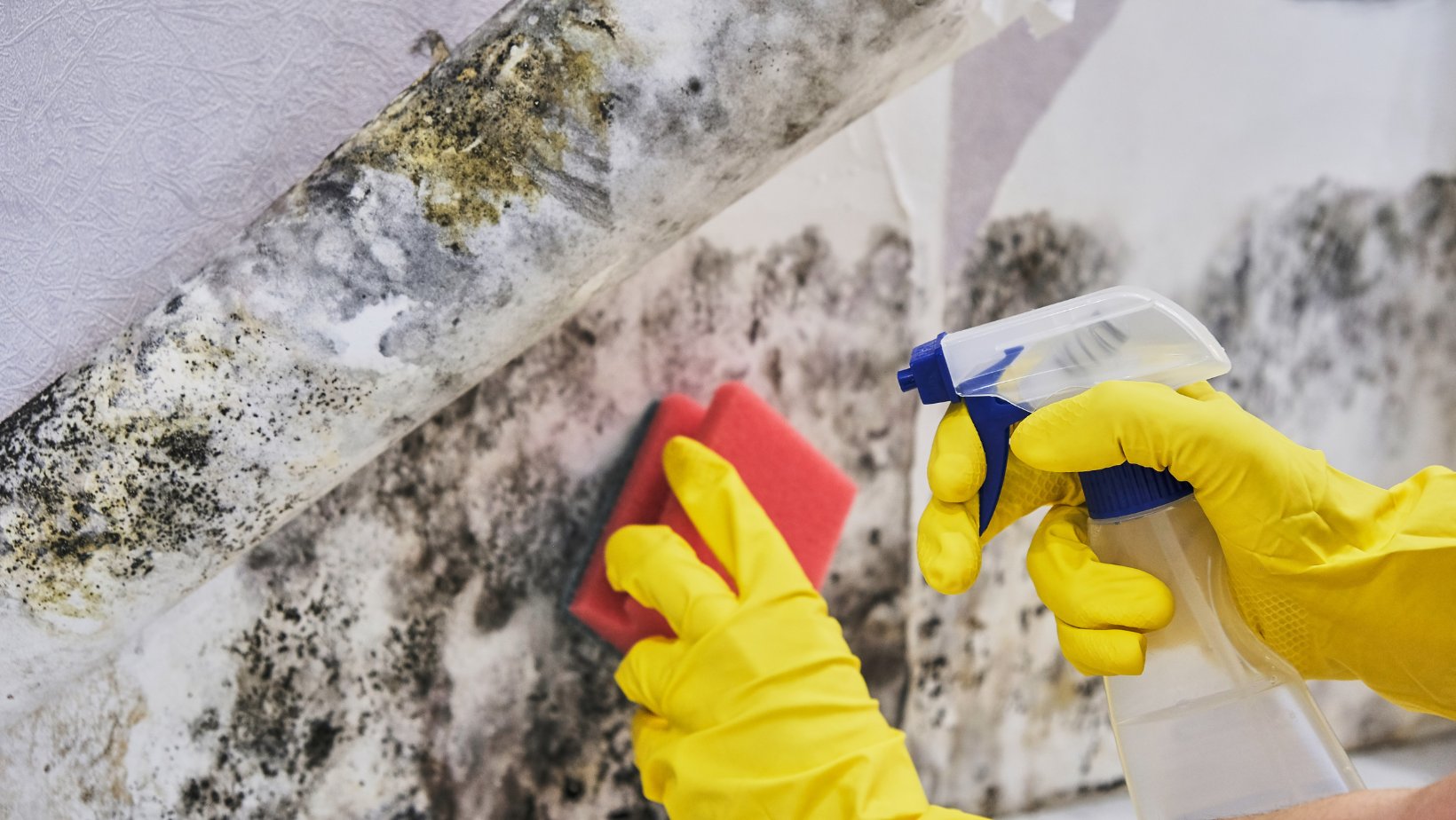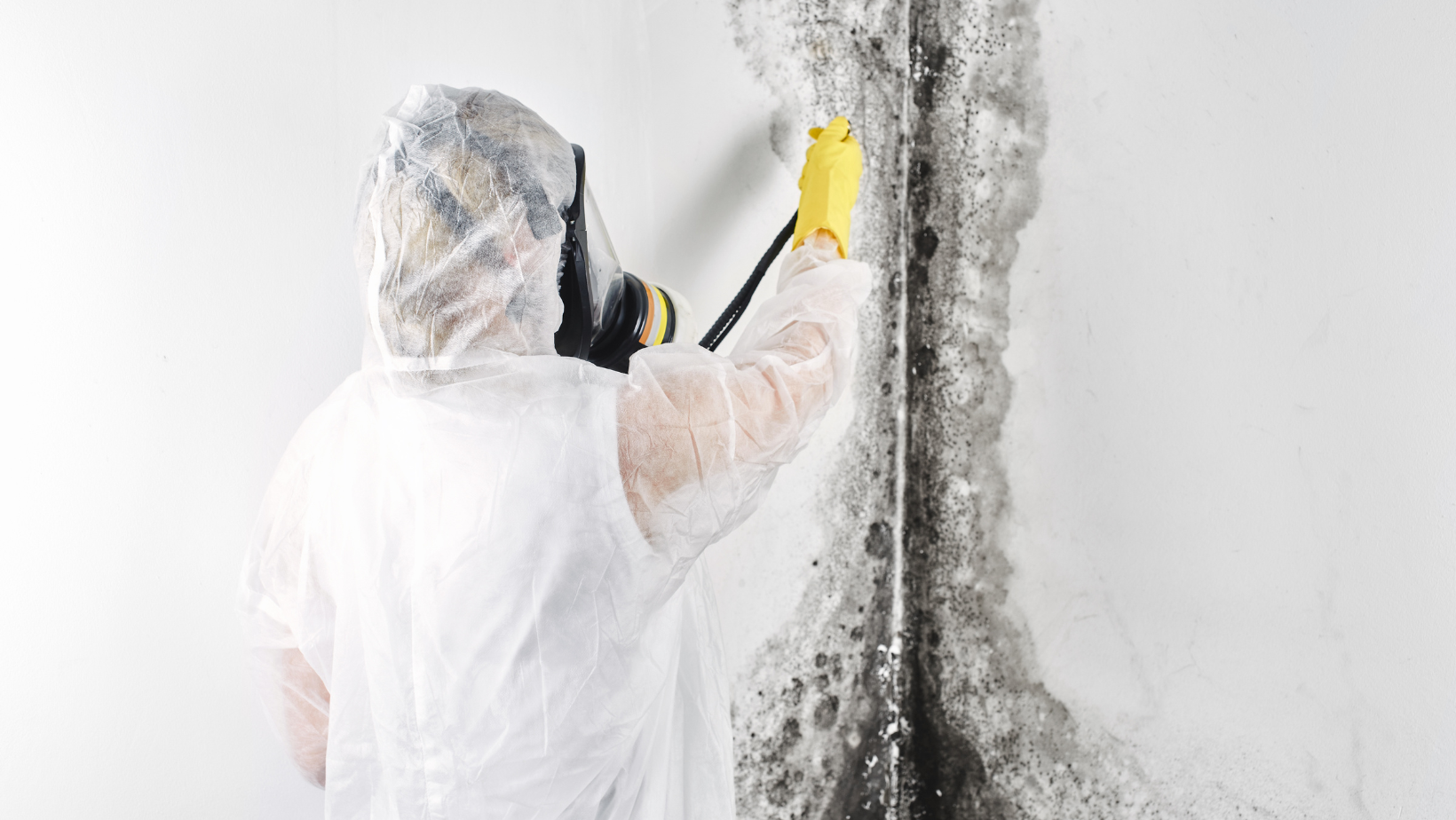
What To Do When Black Mould Is In Your Bathroom
By: 911 Water Damage Experts
Black mould is known to thrive in locations where it is damp and dark.
But, how dangerous can it get? Once you step into the shower, you might notice something brownish, or maybe even a greenish blob of slime that has set itself around the corners of the bath.
Note that the colour may vary and you may even see something reddish or yellowish.
The big question here is whether you should worry about it.
If you are looking for ways to remove the awful sight of mould and mildew from your bathroom, then this is a perfect place to begin!
Below we highlight what to do when black mould is in your bathroom.
Let’s get right into it.
Mould has never been present, long before us, and will be present after us too. Bathrooms are considered to be ground zero for this because mould likes to grow in dark and damp places.
Can You Notice A Difference Between Mildew And Mould?
Water always flows in the bathroom, whether it is the toilet, the shower, or the faucet, and it is making the environment extremely moist.
This is the perfect humid environment that helps mould and mildew thrive.
If people fail to clean the surfaces, they dry out on their own.
This is when mildew starts to form. If this is left untreated, it can easily turn into mould.
So, the mildew is just the beginning. Stagnant water in showers can contribute to mould growth and this is why many people have been struggling with this issue.
On top of it all, mould loves hidden spots, so any cracks that you may have, or hidden places, are the perfect breeding ground.
Also, if you have some hidden pipes, maybe under the sink or something inside the walls that could be an excellent hiding place for mould creation.
It seems that the nature of mould goes perfectly with these types of hidden places. Bathrooms and all other damp places are the perfect breeding ground. When the water is turned on and off constantly, that is where you will find your weak spot for mould.
There are a few types of mould that you can find in the bathroom.
These include:
-Penicillium
-Cladosporium
-Aspergillus
-Starchybotrys (further known as black mould)
These are the types of mould that mostly look darkish or brown, or maybe even a shade of green, including black mould, which is considered to be the most dangerous mould of them all.
Black mould appears to be so dark, it is almost black, hence the name.
On the other hand, some of the other types, Penicillium, for example, has a blueish colour, in some cases even yellowish.
If you start with colour distinction, you will soon notice that there are so many colours when it comes to mould, that it is almost impossible to identify them and tell them apart.
What you need to remember is that, even though black mould is not that common in households, it is not that rare either.
All you need to do is make sure that whichever type of mould you are faced with, you should treat and remove them with equal attention and care.
Can You Get Sick From Bathroom Mould?
In most cases, mould can only look bad in your bathroom.
But, in some cases, it can irritate asthma and allergies. Mould is considered to be relatively harmless, but when combined with the right conditions and long exposure, it can lead to illness.
If you have been suffering from a pre-existing condition, mould exposure can stimulate it and enhance it.
Mould can irritate the linings of your lungs, can contribute to a respiratory condition, and can increase your chance of an asthma attack.
People who have been dealing with mould will also experience a runny nose, a scratchy throat, and coughing too. People who have been dealing with allergies should also make sure to find the right way to protect themselves. Mould can be identified as an irritant through an allergy test.
Many over-the-counter treatments can help ease the feeling associated with an allergy attack. If you are feeling some more severe symptoms, then it might be best to talk to a medical professional and have them take a look at you.
How Can I Clean Up The Mould And Mildew?
Thankfully, there are many adjustments you can make if you want to remove the mildew and mould from your bathroom.
Whether you opt for white vinegar or a more invasive approach such as bleach, you will get some good results. If you decide to remove the mould yourself, you need to make sure you are wearing a mask and gloves.
This can help you be safer and avoid inhaling any mould spores which would be flying around the air while you are cleaning.
If you want to follow some steps from experts, then the best way you can prevent mould from forming in your home is by taking the following steps:
-Use your exhaust fans
-Make sure you clean often and use mould-killing products
-Check the pipes for any leaks
-Change your air filters regularly
-Use a humidifier and make sure that the humidity is not higher than 50%
Remember that black mould can cause extremely severe reactions. Experts have advised a professional to take over in those cases when black mould is present in the household.
It is extremely important to note that there is a proper way to remove this. If the texture is kind of slimy, then you need to be extremely careful. there could be some very dangerous spores that can come out of it once you remove it. This is why it is excellent practice to call a professional.
There are many ways to get rid of mould in the home.
All you need to do is choose carefully and make sure you note the exact spots where you can find it. If you are unable to do it yourself, then calling a professional is always a good idea.
They have the right tools and experience to handle these situations and will make sure to handle them thoroughly and with care.
If you have any questions about our article “What To Do When Black Mould Is In Your Bathroom” or need a mould removal company in Durham feel free to call us at 1-833-WE-DRY-IT or chat with us in near real-time on our Facebook fan page.
Related Posts
Mould Removal Restoration Articles
5 Signs You Have Mould Growing In Your Walls
“Can I Remove Mould Myself?” Our Mould Removal Experts Have Answers
7 Must-Know Reasons Why You Should Get A Mould Inspection Before Buying A House
Does Mould Attract Bugs? Yes And Here’s What Kind And Why
How To Remove Mould From The Attic [Mould Prevention Tips Inside]
How Rain Causes Mould Growth-Prevention Tips Included
Must-Know Tips: How To Remove Mould In Your Basement
Fire Damage Restoration Articles
How to clean up after a house fire
Fire damage restoration checklist
Fire damage tips: 6 hazards property owners miss
How smoke from fires can negatively affect your health
What are the most common causes of house fires?
10 helpful smoke damage cleaning tips
Water Damage Restoration Articles
Water damage prevention tips from the most common problems we’ve seen
Top causes of water damage in commercial buildings and how to find them
Must-know water damage tips: What to do after your house floods
What does good water damage restoration look like?
DIY water damage restoration and the hidden dangers
How to choose the right water damage company
Flast floods: What to do before, during and after a flash flood
What to do when your attic leaks?
Related Water Damage Services
Fire damage restoration services
Water damage restoration services
Emergency cleanup services
Mould removal services
Weather damage services


